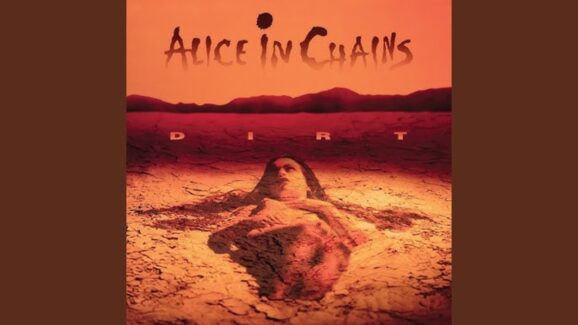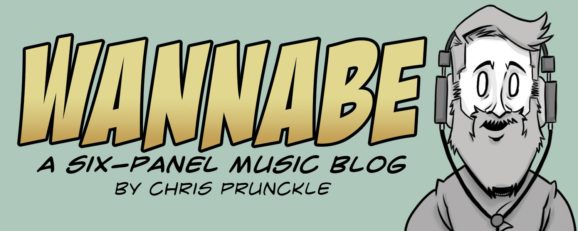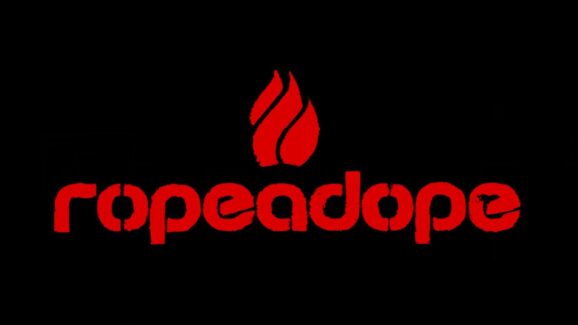Founded in Austin, TX almost two decades ago, White Denim has always been a band driven by transformation. Once known for their raucous, genre-blurring live shows and feverishly tight musicianship, the Texas-born group, now led almost entirely by James Petralli, has taken a sharp turn with 12. This album was written and produced by Petralli in his Los Angeles home, where he relocated during the pandemic. As Petralli took on the role of home-schooling his kids he found that had more time to create new sounds but less freedom to collaborate in person, so 12 leans into experimentation born of necessity. With remote collaborations and a more solitary creative process, 12 reveals both the rewards and risks of reinvention.
The album’s opener, “Light On,” sets the tone with shimmering flutes and marimba accents that dissolve into jazzy guitar riffs. The track feels warm and introspective with lyrics that wrestle with themes of loneliness, truth, and mortality. Tracks like “Econolining” and “Flash Bare Ass” showcase White Denim’s newfound embrace of digital assembly. “Econolining” is a hyperactive burst of rhythm, with keyboards and percussion racing each other. “Flash Bare Ass” dives deeper into themes of connection and creativity. Its layered vocals and vocoder effects inject complexity, demonstrating Petralli’s ability to balance technical precision with emotional weight.
The middle of the album is where 12 truly shines. “Look Good,” featuring the “Queen of Austin Soul,” Tameca Jones, is a standout, with its infectious groove and silky synths creating a timeless funk-soul vibe. This is immediately followed by “Second Dimension,” a song steeped in synth-driven electro-funk reminiscent of Stevie Wonder. “I Still Exist” gives the listener lush woodwind arrangements and tight harmonies, which serve to mask the weight of its introspective lyrics. Meanwhile, “Hand Out Giving” dips into country-rock territory, blending pedal steel and banjo with modern synth textures, giving a little taste of White Denim at its best. The album closes with “Precious Child,” a smoky ballad that leans heavily on brass and vibraphone. The lyrics on “Precious Child” seem to be focused on mortality, which creates a kind of bookend with the lyrical similarities from “Light On.”
As a whole, 12 is both a triumph and a work in progress. It showcases James Petralli’s evolution as an artist willing to adapt, experiment, and push boundaries, even if the results occasionally feel uneven. The brief instrumental interlude “Cat City #2” feels like an intriguing but incomplete idea, while the more traditional rock elements of “Swinging Door” and “We Can Move Along” struggle to keep up with the album’s adventurous spirit. The album’s eclecticism reflects a band in transition, caught between its roots in improvisational chaos and a more measured, studio-crafted future. Despite its moments of disjointedness, 12 is a testament to the creativity of Petralli. For fans old and new, 12 is a fascinating chapter in their ongoing story. Rich with ideas and brimming with potential, the album lends excitement to how White Denim can expand this sound in the future.











